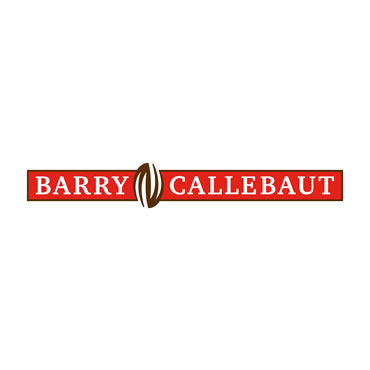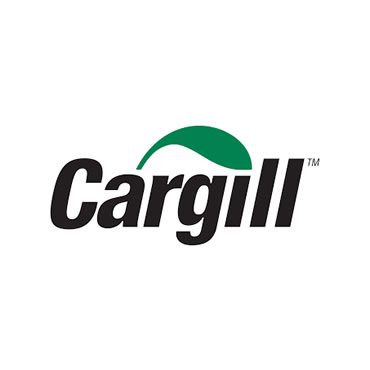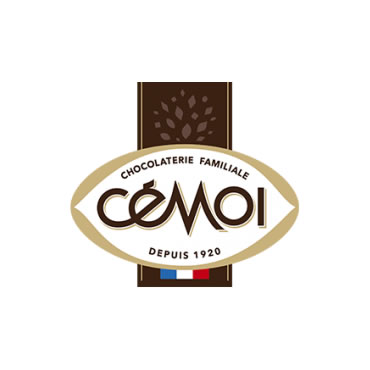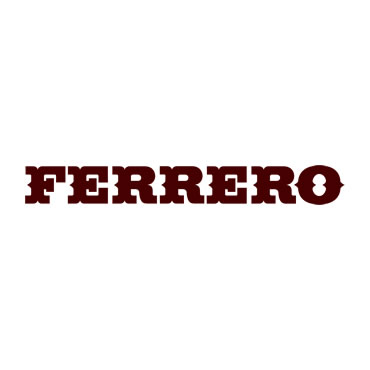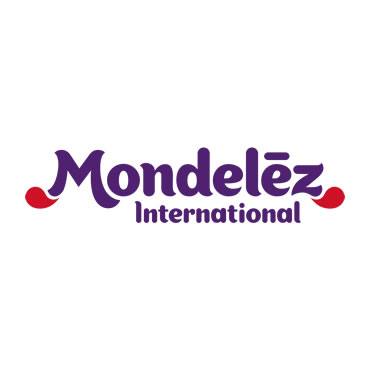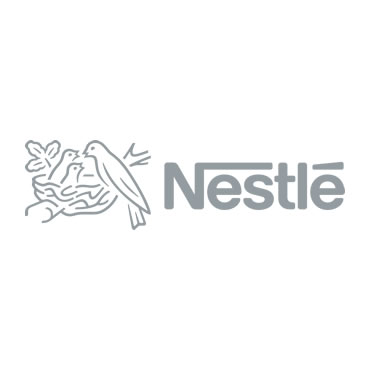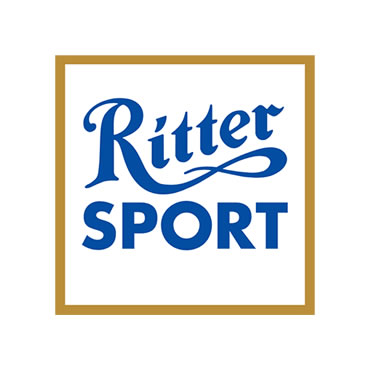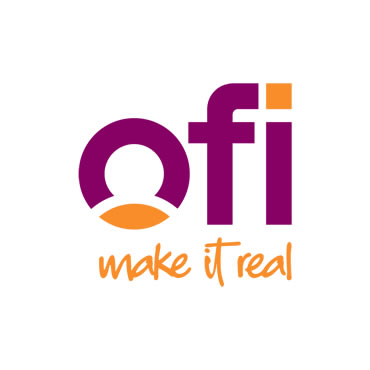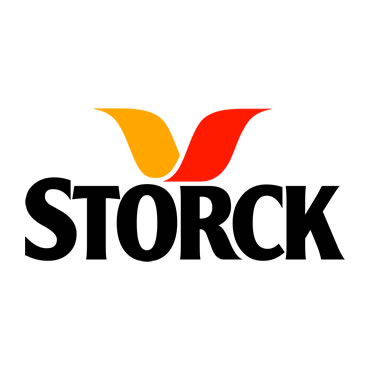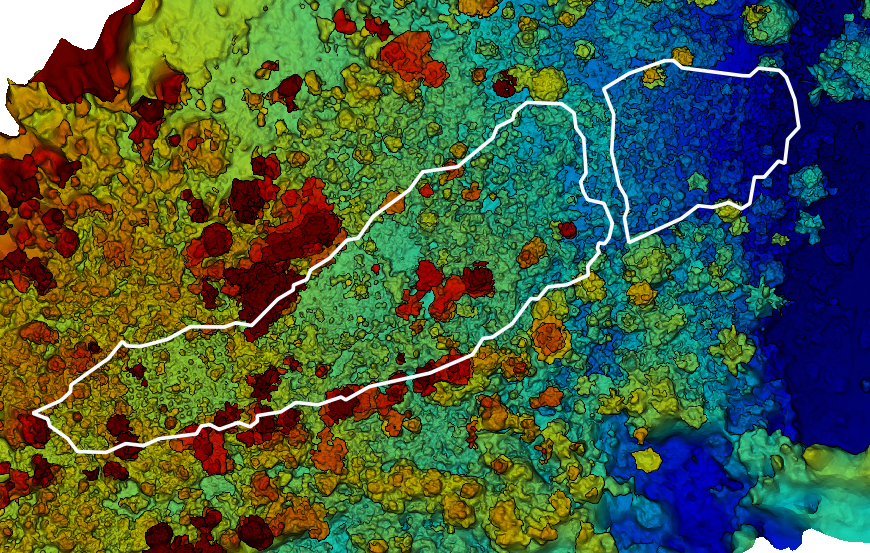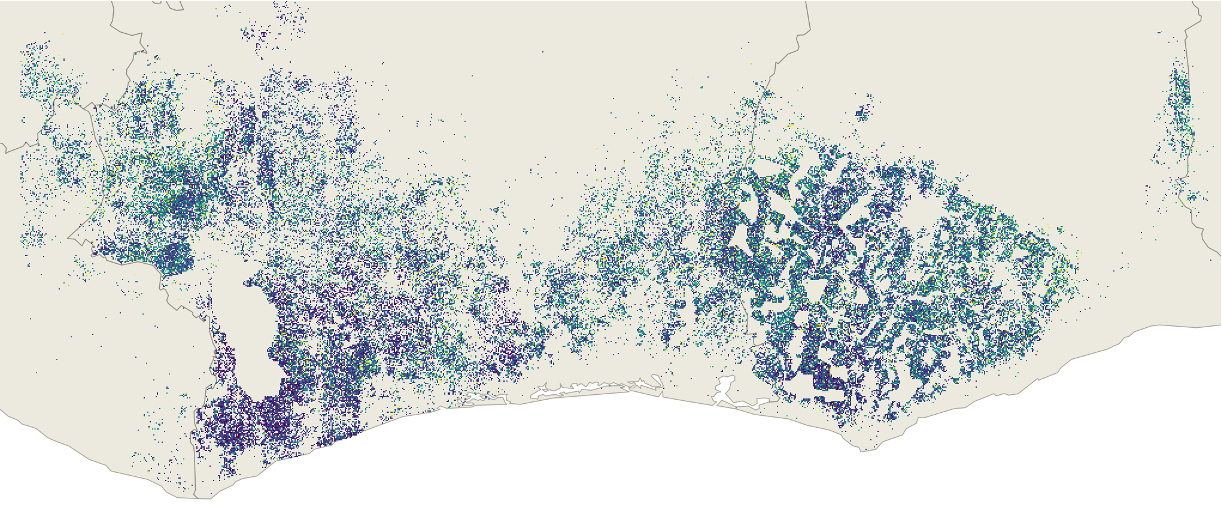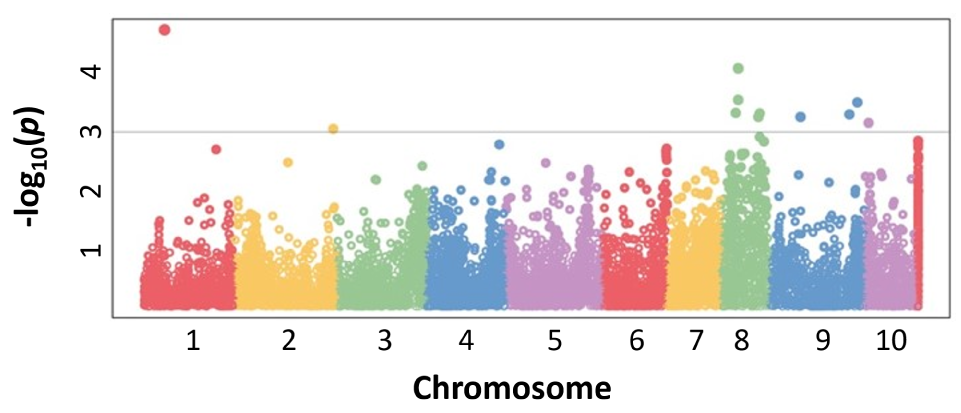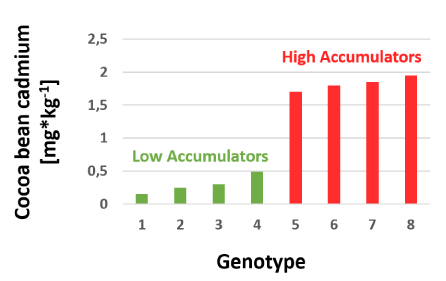hidden
Welcome to the
Joint Cocoa Research Fund
Financing innovative
and applied research
Cocoa Beans:
Chocolate & Confectionery
Industry Quality Requirements
2nd Edition 2023
Core Research Areas
Cocoa Bean Quality and Food Safety
The research work is committed to the development of innovative tools allowing full conformity with regulations also in the future. In the focus are heavy metals, crop protection product and mineral oil residues, mycotoxins and acrylamide. Joint Research fund looks for closing of research gaps and the integration of scientific knowledge from the academy with the experience of the chocolate industry and other world industry references that provide us with clear, applicable, documentable information and that lead to mitigation plans with technical and financial viability. We also support work by the International Standards for the Assessment of Cocoa Quality and Flavour and science based flavour assessments as the Cocoa of Excellence program. Flavour and its diversity in the cocoa sector is an essential heritage and is further supported by the international germplasm collections.
Integrated Pest and Disease Management
Pests and diseases greatly affect cocoa farm productivity and resilience. To minimize their impact, the Joint Research Fund follows a three-component approach. Prevention of pest and disease spreading. Monitoring of pest and disease levels and detection of emerging diseases. Reduction of the dependency on chemical crop protection and development of integrated biological approaches for priority pests and diseases.
Resilient Cropping Systems
Erratic weather and climate change, combined with degradation of natural resources including soils, pose a major threat to cocoa production and the livelihoods of cocoa farming communities. Furthermore, the frequency of exposure of cocoa to extreme climatic events is expected to increase as climate change progresses with prolonged periods of drought and flooding. Building resilience will require a range of interventions including the adoption of climate smart agronomic practices, efficient use of inputs, crop diversification including agroforestry, conservation and restoration of natural resources and the early and rapid identification and control of pests and diseases.
The Resilient Cocoa Cropping Systems theme will focus on three main areas: Resilient agronomy; enhanced natural resources and ecosystem services and weather-informed agro-advisories.
Ongoing Projects
Spatially explicit recommendations for optimal levels of shade tree cover for sustainable cocoa production
Background
The recent practice of growing cocoa in full-sun monocultures, while increasing yields in the short term, has led to decreases in soil fertility, increases in pest and disease, premature aging of cocoa trees, and has made cocoa more vulnerable to climate extremes. In contrast, in wetter areas, excessive amount of shade may lead to decreasing productivity and higher disease pressure.
Project Aim
The project aims at generating spatially-explicit recommendations for optimal levels of shade-tree cover for different climatic/edaphic cocoa growing areas in Ghana and the Ivory Coast and at providing a freely available tool, based on satellite image evaluation through machine learning, for local and large scale assessment of shade-tree cover in Ghanaian and Ivorian cocoa farms.
Project Status
The fieldwork for the ground-truthing campaign in Ghana and Ivory Coast has been completed. The final dataset consists of 828 cocoa farms. Measurements include: 1) shade tree cover via drone flights, 2) cocoa and shade-tree biomass to quantify carbon stocks, and 3) cocoa yields through household questionnaires. Drone aerial images have been processed to determine the percent shade tree cover in each farm (Figure) and a shade cover machine-learning model has been developed. Using the model, a prediction for the shade cover in cocoa was made and a shade cover map that comprises the entire areas of Ghana and Ivory Coast has been created (Figure). Validation of the model in over 268 validation farms proofed that shade cover can be accurately predicted solely from satellite images.
Ongoing Projects
Identifying pollinators and enhancing pollination in cocoa
Background
Cacao productivity is constrained by inadequate pollination and the lack of sufficient nutritional / water resources to support it. Manual pollination can be cost-effective in improving farm yield and profitability in the short term. Natural pollination is likely similarly beneficial without having concurrent labour costs. However, the long-term sustainability of enhancing pollination in trees in different physiological conditions is currently unknown, as is whether enhanced pollination ultimately leads to shorter tree lifespan or diminished yields later in the tree’s life. Consistent, increased yields over long periods would benefit both the farmer and the cocoa industry.
Project Aim
The overarching aim of the project is to establish the major current pollinators of West African (specifically Ghanaian) cacao and the environmental conditions that affect their populations and distributions within farms, in order to provide a suite of potential pollination enhancement methods to be implemented by farmers. Coupled with the improved knowledge of natural pollinator species the feasibility, efficacy and longer-term sustainability of enhanced pollination will be assessed.
Project Status
The project is currently in its implementation phase.
Ongoing Projects
Mitigation of Cadmium Bioaccumulation
Background
Cadmium is a heavy metal that is often prevalent in volcanic soils, as a degradation product of rocks. With cocoa being a tree crop, cadmium tends to accumulate throughout the long-life cycle of the plants, part of which partitions into the cocoa seeds.
Project Aim
The project aims at providing a toolbox for farmers to mitigate cadmium bioaccumulation. The toolbox comprises short- and long-term implementations such as soil amendments, organic matter, nutrient management and the use of rootstock with low cadmium uptake.
Project Status
Soil and nutrient management approaches were successfully tested for their suitability to reduce cadmium bioaccumulation by cacao. Liming and the introduction of organic matter allow to increase the number of free soil sorption sides for cadmium. Hereby, cadmium solubility decreases making less of it available for plant uptake. Increasing the availability of the nutrient zinc through fertilizer application helps to reduce the amount of cadmium that is no plant nutrient and probably up-taken involving zinc transporters. However, the effectiveness of the approaches greatly depend on the application technique and on local soil properties.
The study also revealed a 13-fold difference in cadmium bioaccumulation that is genotype dependent (Figure). The project has been completed. An extension, to carry out a Genome Wide Association Study (GWAS) to identify and localize the genes involved in cadmium uptake and translocation, and to complete the suitability tests of low accumulating genotypes as rootstock, is currently under discussion.
Completed Projects
Main Sources of MOH Contamination and
Entry Points into the Cocoa Supply Chain
Mineral oil hydrocarbons (MOH) are ubiquitous contaminants, mainly composed of two fractions, saturated hydrocarbons (MOSH) and aromatic hydrocarbons (MOAH), that have raised significant concern in the last years. Cocoa products are potentially exposed to MOH from the farm to the final product delivered to the consumer. Therefore, the ECA MOH Taskforce, together with the JRF, organized a study (divided into two parts) with the aim to better understand the possible sources of contamination and entry points of MOH in the cocoa supply chain and the reliability of the analytical methods.
Entry points:
Storage in origin and container transport to the final destination showed a critical role. Nevertheless, the high dependence of the contamination towards different batches of jute bags or cardboard, made it difficult to draw a definitive conclusion.
Contamination sources:
A lab-scale test, where cocoa beans were exposed to contaminated jute bags, showed that the migration occurred from the jute bags to the cocoa beans, with a preference of the lighter C-fractions. The shell seems to act as a barrier allowing only the lightest fraction to reach the nibs.
Reliability of the analytical methods:
three ring tests were organized proving the necessity to still improve the methods for the determination of MOSH and MOAH, and as well of the chosen markers for assessing the contamination, namely phytane, pristane, and DIPN. Although the z’-scores were generally successful, the % uncertainty associated with the determination of MOSH and MOAH is not included in the acceptable ranges set by the EU 2002/657/EC Commission Decision. The LOQs reported were very different for the different laboratories contributing to increase the uncertainty of the final results.
Project Follow-Up Activities:
The project outcome, in particular the critical role of jute bags for MOH contamination, was presented and discussed in an international webinar, jointly organized by the International Cocoa Organization (ICCO), the European Cocoa Association (ECA), the Association of Chocolate, Biscuit and Confectionery Industries of Europe (CAOBISCO) and the JRF. As an outcome of the webinar, a MOH Technical Working Group (TWG) was founded, consisting of jute bag producers, cocoa processors and chocolate manufactures. Aim of the TWG is the definition of a benchmark level for MOH in jute bags and the development of mitigation strategies.
Download
Cocoa Beans: Chocolate & Cocoa Industry Quality Requirements
English French Spanish
These documents can be freely distributed under a Creative Commons Attribution-NonCommercial-NoDerivatives 4.0 International License. They are not to be edited or sold, or their contents reproduced in any other work, without permission.
Completed Projects
Understanding the extent of molecular diversity of the complex of viral species responsible for Cacao swollen shoot disease in order to improve CSSV detection and identify genuine alternative host plants
Background
Cacao swollen shoot virus (CSSV) is a member of the family Caulimoviridae, genus Badnavirus and is naturally transmitted to Theobroma cacao (L.) by several mealybug species. The virus is restricted to West Africa. The resultant disease has caused enormous economic damage in Ghana since the 1930’s but was restricted to small areas in Togo and Côte d’Ivoire until recently. Now, renewed outbreaks in the main producing areas in Côte d’Ivoire, Ghana and Togo are causing serious yield losses and tree death.
Outcome
The range of diversity of the viral species responsible for CSSV disease in West Africa was determined. Based on the results a molecular analytical tool for the detection of the most viral sequences associated with the CSSV disease present in cocoa leave samples has been developed. A method for effective sampling of potentially infected trees has been defined. Based on this knowledge, but nor as a part of the project, a laboratory for CSSV monitoring was build up in Ivory Coast. Finally, citrus, coffee and rubber were successfully evaluated as barrier crops.
Calls for Proposals
The Joint Research Fund (JRF) finances applied research aiming at the development of solutions for current and upcoming key challenges of the cocoa sector. An industry managerial team, consisting of three JRF members, accompanies each project. Project proposals can be submitted upon a call for proposals. Calls are published on a yearly basis on the website. Initiative proposals are also welcome, but need to be within one of the Core Research Areas. Key components of JRF Project Proposals are the economic relevance of the topic, application development and an effective results transfer plan to the user groups. Applicants are encouraged to use the template for Project Proposals. The deadline for submission is communicated together with the call. Initiative proposals need to be submitted lately six weeks ahead of the JRF meeting. Information about the date of the next meeting can be obtained contacting the secretariats.
About Us
Fund Organization
A sustainable cocoa supply chain calls for high standards of quality and productivity whereby cocoa is safe for consumer consumption, complies with manufacturers’ quality requirements, and meets the growing global demand. CAOBISCO and ECA are committed to working towards more sustainable cocoa, which complies with such requirements for consumer, manufacturer and farmer benefit. In 2013, CAOBISCO and ECA joined forces by setting up the Joint Research Fund that operates under the umbrella of both associations and in collaboration with the Joint Working Groups Contaminants and Quality & Productivity. The Fund is currently administered by ECA. It is financed through the membership fees paid by the member companies.
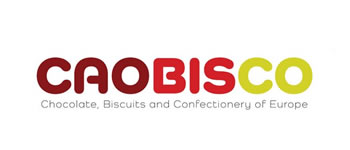
Association of Chocolate, Biscuit and Confectionery Industries of Europe
With 12 National Associations and 7 Direct Member Companies, as well as affiliated members, CAOBISCO is the voice of more than 12,000 European chocolate, biscuit and confectionery manufacturers all over Europe, composed of 99% SMEs. The sector is a major player in the European economy, with over 225, 000 direct employees and an annual turnover of around €42 billion. CAOBISCO chocolate manufacturers use more than 50% of the world’s cocoa production.
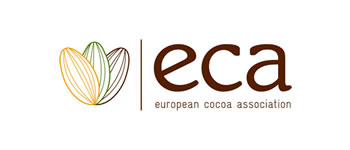
European Cocoa Association
ECA is a trade association that groups the major companies involved in the cocoa bean trade and processing, in warehousing and related logistical activities in Europe. Together, ECA Members represent two-thirds of Europe’s cocoa beans grinding, half of Europe’s industrial chocolate production and 40% of the world production of cocoa liquor, butter and powder.
Become a Member
MEMBERS OF THE JOINT RESEARCH FUND
The diverse membership of the Joint Cocoa Research Fund is evidence of its international nature. Currently, the Fund has 14 members.
Membership contracts are renewed every 3 years. The membership fee depends on the amount of cocoa bean equivalents that the company is using. If your company is interested in becoming a member of the Joint Research Fund, please get in contact with the ECA Secretariat: info@eurococoa.com.
Barry Callebaut AG
chocolate producer | SwitzerlandCargill
Provider of food & agriculture | USACémoi
chocolate manufacturer | FrenchDutch Cocoa BV
cocoa processing plant | NetherlandsFerrero S.p.A.
Confectionery manufacturer | ItalyGuittard Chocolate Company
Chocolate Company | USALuker Chocolate
chocolate manufacturer | ColombiaMars Incorporated
Food company | USAMondelēz International
Food Company | USANestlé S.A.
Food Company | SwitzerlandAlfred Ritter GmbH & Co. KG
Chocolate Brand | GermanyOlam International Limited
Food company | SingaporeAugust Storck KG
Confectionery manufacturer | GermanyUseful Links
INTERNATIONAL STANDARDS FOR THE ASSESSMENT OF COCOA QUALITY AND FLAVOUR
A common language for a clear communication throughout the cocoa value chain
To respond to increasing demand of cocoa products, buyers, traders and chocolate makers seek a variety of quality and flavour profiles. However, internationally agreed procedures and terminology does not exist for cocoa as is the case for coffee and other crops. This impedes clear communication among producers, buyers and consumers. It creates difficulties in understanding how buyers define and assess quality and flavour, affecting cocoa producers’ ability to effectively address issues related to quality improvement.
There is an urgent need for accepted, credible and verifiable protocols for the assessment of quality and flavour of cocoa beans to facilitate comparison, provide feedback to improve post-harvest processes and enable farmers to present the best value proposition to buyers.”
http://www.cocoaqualitystandards.org/
hidden
© CAOBISCO - ECA
